Long before special effects dominated television, one actress captivated American viewers with nothing more than a twitch of her nose and an enchanting smile. Elizabeth Montgomery didn’t just play a witch on television—she cast a spell over audiences that has endured for generations. From her iconic role as Samantha Stephens in “Bewitched” to her groundbreaking television films, Montgomery proved time and again that her magic extended far beyond supernatural powers. Here’s a look at 13 moments when Elizabeth Montgomery truly bewitched us all.
1. The Nose Twitch That Launched a Phenomenon

When “Bewitched” premiered in September 1964, viewers were instantly enchanted by Montgomery’s signature nose twitch—that subtle, magical gesture that signaled Samantha was about to use her powers. What many viewers didn’t know was that this iconic movement wasn’t originally scripted. Montgomery developed the nose twitch herself, creating a gesture that was subtle enough to be believable yet distinctive enough to become her trademark. The nose twitch became so popular that fans would often approach Montgomery in public, requesting demonstrations of her magical ability. As recounted by Showbiz Cheat Sheet, the existence of this nose twitch was truly the stuff of magic.
The cultural impact of this simple facial movement cannot be overstated—it’s been parodied, analyzed, and celebrated for decades. Montgomery later revealed that the famous twitch was actually more of a movement of her upper lip, which made her nose move as a consequence. This small but significant detail shows Montgomery’s incredible attention to her craft, creating a character quirk that would become one of television’s most recognizable gestures. Even today, when someone mentions “Bewitched,” the nose twitch is inevitably the first thing that comes to mind.
2. The Groundbreaking Black and White to Color Transition
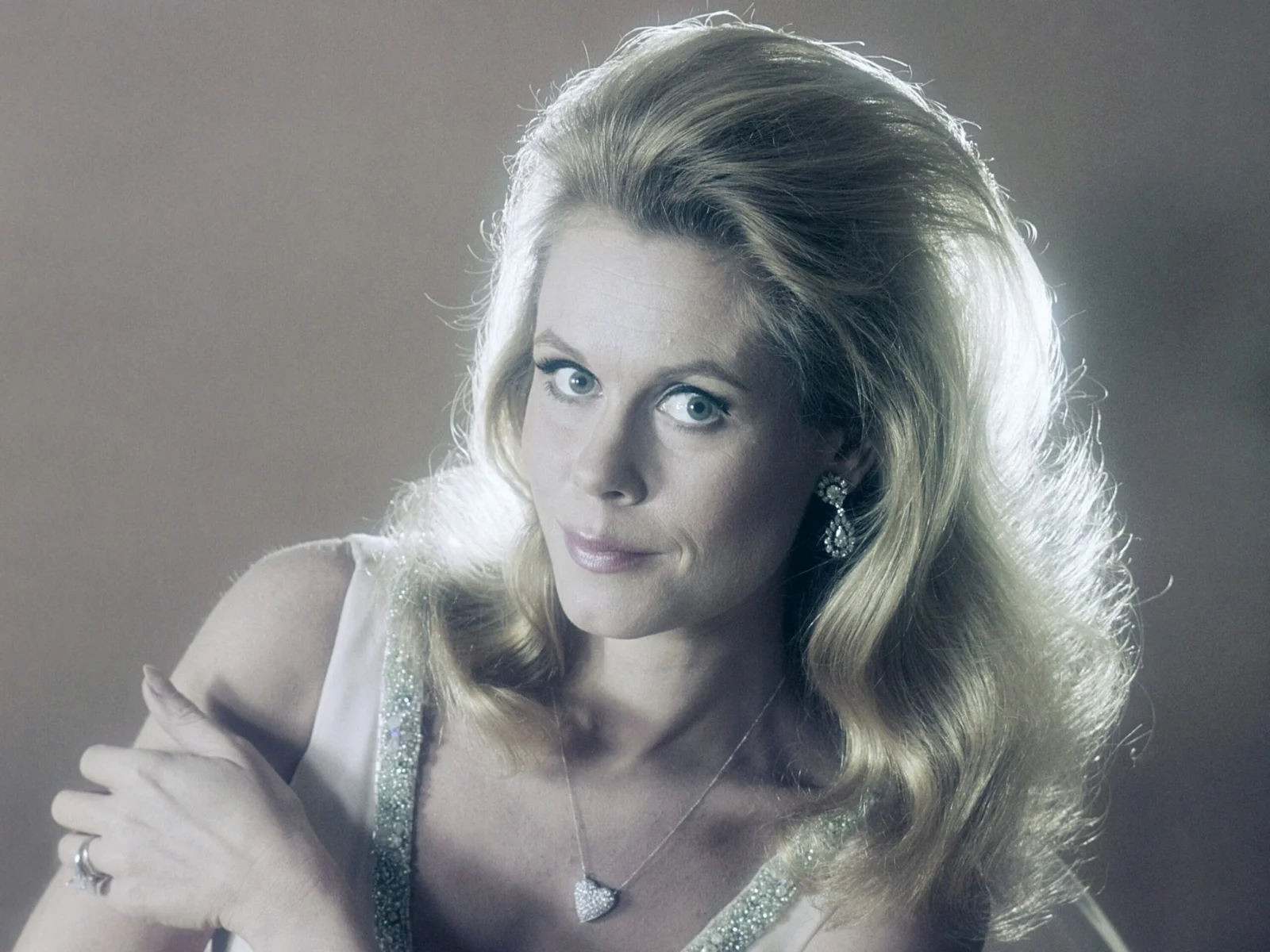
When “Bewitched” made the transition from black and white to color in its third season, Montgomery’s star power helped smooth what could have been a jarring change for viewers. The shift to color broadcasting allowed audiences to finally see Samantha’s blonde hair and bright outfits in their full glory, adding another dimension to Montgomery’s already captivating performance. The color episodes revealed Montgomery’s expert understanding of how to work with the new medium, subtly adjusting her performance and wardrobe choices to take advantage of the technology. IMDb offers a list of other revolutionary shows that made this big transition.
What’s particularly impressive is how Montgomery maintained the essence of Samantha while embracing the new visual possibilities that color television offered. Her performance didn’t change—she still delivered the perfect blend of supernatural mischief and domestic charm—but now viewers could see the sparkle in her green eyes when she was about to cast a spell. This transition period demonstrated Montgomery’s adaptability as a performer and her understanding that while technology might change, the heart of storytelling remains the same. Her seamless navigation of this significant television milestone helped “Bewitched” remain relevant and beloved as the medium evolved.
3. Playing Cousin Serena’s Wicked Counterpoint

Perhaps one of Montgomery’s greatest demonstrations of versatility came when she took on the dual role of Samantha’s mischievous, free-spirited cousin Serena. Though credited as “Pandora Spocks” for the role (a playful inside joke), viewers weren’t fooled—they knew it was Montgomery bringing this wild, uninhibited character to life. The stark contrast between the responsible, somewhat reserved Samantha and the impulsive, trouble-making Serena showcased Montgomery’s impressive range as an actress. MeTV lists other instances of the “evil twin” archetype that we loved to hate.
With a black wig, beauty mark, and completely different body language, Montgomery transformed herself so thoroughly that some younger viewers genuinely believed Serena was played by another actress. Her portrayal of Serena allowed Montgomery to break free from Samantha’s constraints, indulging in physical comedy and a more overtly flirtatious personality that must have been refreshing to play. This dual role not only entertained audiences but also proved Montgomery was no one-note actress—she contained multitudes, even within the confines of a single sitcom.
4. Her Emmy-Nominated Performance in A Very Drak Television Film
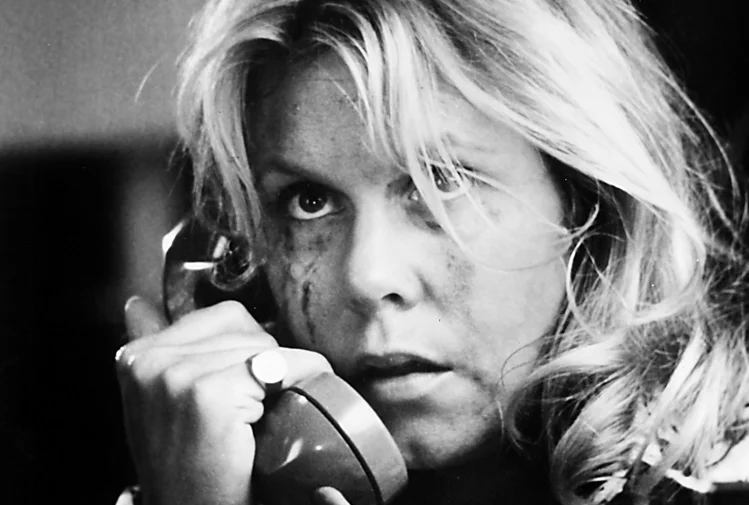
Breaking free from her “Bewitched” image, Montgomery delivered a powerful, Emmy-nominated performance in a 1974 television film that covered very mature and dark topics. Playing Ellen Harrod, a woman who is attacked and then victimized again by the justice system, Montgomery showed audiences a completely different side of her talent. The film tackled a subject that was rarely discussed on television at the time, bringing attention to the mistreatment of victims and survivors by law enforcement and the courts.
Montgomery’s performance was raw, vulnerable, and completely devoid of the magical charm that had defined her career up to that point. Critics and viewers alike were stunned by her ability to portray such intense emotional trauma, proving that her talents extended far beyond light comedy. This role marked a significant turning point in Montgomery’s career, establishing her as a serious dramatic actress who could tackle difficult social issues with sensitivity and power. Her willingness to use her star power to bring attention to such a controversial subject demonstrated both her artistic courage and her commitment to making a difference through her work.
5. Her Chemistry with Dick York (and Later Dick Sargent)

One of the most remarkable aspects of Montgomery’s performance in “Bewitched” was her ability to maintain believable romantic chemistry with two different actors playing her husband Darrin. When Dick York was forced to leave the show due to health problems after the fifth season, Dick Sargent stepped into the role—a transition that could have derailed a lesser show. Montgomery’s consistent performance and her ability to adapt to her new co-star helped viewers accept this significant change.
Her professionalism during this challenging period was extraordinary—she never missed a beat in portraying Samantha’s loving relationship with Darrin, regardless of which actor was playing him. This seamless adjustment speaks volumes about Montgomery’s skills as a collaborative performer who could generate authentic connection with different scene partners. Many television historians consider “The Darrin Switch” (as fans call it) one of the most successful major cast changes in TV history, a feat that would have been impossible without Montgomery’s steady presence at the center of the show.
6. Her Trailblazing Production Work
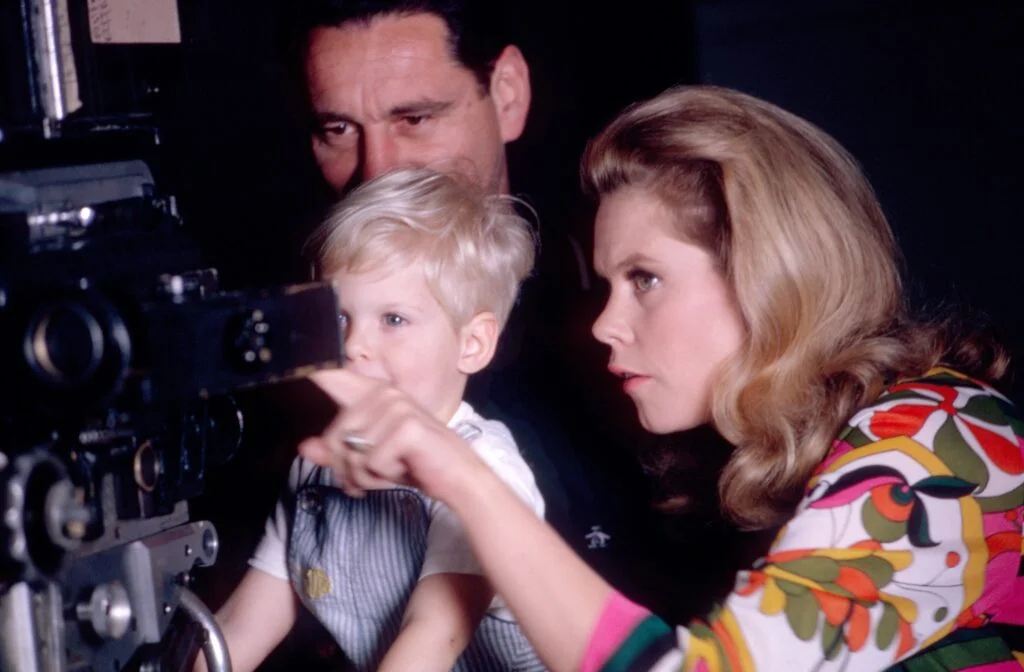
While audiences were familiar with Montgomery in front of the camera, many didn’t realize she was also making magic behind the scenes. Montgomery and her husband William Asher (who directed many “Bewitched” episodes) formed their own production company, Ashmont Productions, which produced the series. This made Montgomery one of the first female television stars to have significant production control over her own show, allowing her creative input that extended far beyond her performance.
As the series progressed, Montgomery became increasingly involved in production decisions, from casting to script approval, at a time when women were rarely given such authority in Hollywood. Her business acumen and production knowledge helped shape “Bewitched” into the enduring classic it became. This pioneering work behind the camera paved the way for future actresses to demand greater creative control over their projects. Montgomery understood that real power in Hollywood meant having a say in how stories were told, not just performing the lines written for her.
7. Her Silent Film Tribute Episode “Samantha’s Lost Weekend”

In a standout fifth-season episode, Montgomery demonstrated her versatility by performing extended sequences in the style of silent film comedians. The episode “Samantha’s Lost Weekend” featured Samantha under the influence of a spell that removed her voice, forcing Montgomery to rely entirely on physical comedy to convey her character’s frustration. Her performance paid loving tribute to silent film stars like Charlie Chaplin and Buster Keaton, showcasing her mastery of physical expression and timing.
Montgomery’s ability to command the screen without uttering a word revealed the depth of her acting toolkit—her expressive face and precise movements told the story more effectively than dialogue ever could. This episode stands as one of the series’ most creative, allowing Montgomery to display skills that weren’t often called for in standard sitcom formats. Her performance demonstrated a deep appreciation for comedy history and proved that even after several seasons playing the same character, Montgomery could still find fresh, engaging ways to interpret Samantha.
8. Her Versatility in “The Legend of Lizzie Borden”
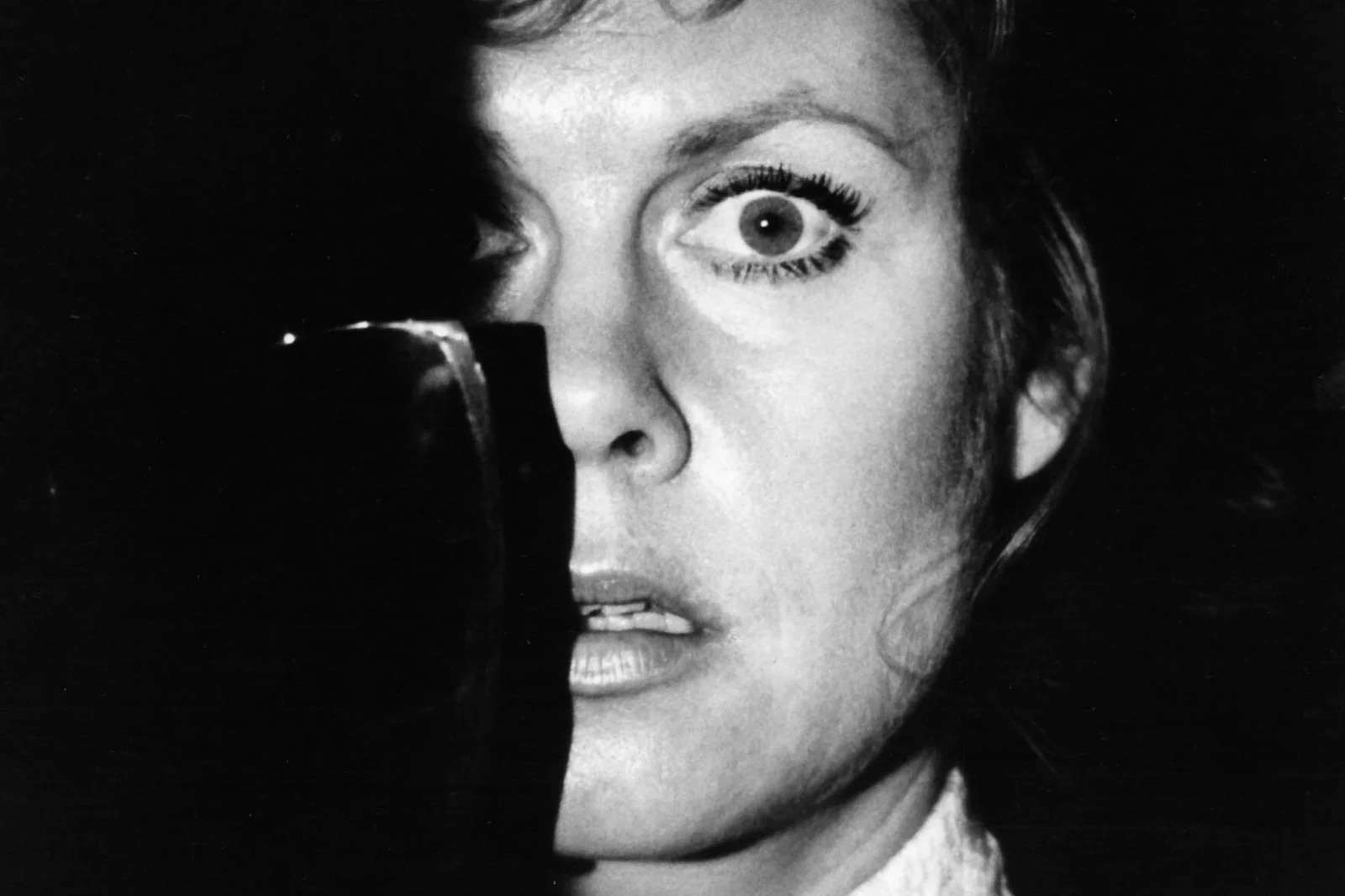
In perhaps her most shocking departure from the wholesome Samantha Stephens, Montgomery starred as the infamous accused axe murderer Lizzie Borden in this 1975 television film. The role required Montgomery to play both a prim Victorian spinster and (in the film’s interpretation) a calculating killer—often in a state of undress that scandalized viewers who still thought of her as the magical suburban housewife. Her chilling performance earned her another Emmy nomination and firmly established her ability to transform completely for a role.
What made this performance particularly bewitching was Montgomery’s ability to maintain audience sympathy even while portraying a woman who might have committed brutal murders. She brought nuance and psychological depth to Borden, suggesting the repression and limited options available to women in the 1890s that might drive someone to violence. The stark contrast between this complex, disturbing character and the perky, magical Samantha demonstrated Montgomery’s exceptional range as an actress. This performance permanently altered public perception of Montgomery, proving she could be as compelling in darkness as she was in light.
9. Her Subtle Feminism in “Bewitched”

While on the surface “Bewitched” was a fantastical sitcom, Montgomery infused Samantha with a quiet but persistent feminism that was revolutionary for 1960s television. Though Samantha agreed to live as a mortal housewife, Montgomery played her with an underlying strength and independence that suggested she was choosing this life rather than being forced into it. The ongoing tension between Samantha’s magical abilities and Darrin’s insistence she not use them served as a clever metaphor for the limitations placed on women’s talents in mid-century America.
Montgomery’s portrayal suggested that Samantha was humoring Darrin rather than truly submitting to him—she would follow his wishes when convenient but had no qualms about using her powers when necessary. This subtle subversion made “Bewitched” more progressive than many of its contemporaries. Through Montgomery’s nuanced performance, viewers received the message that women’s power, though often hidden or suppressed in domestic settings, remained intact and available when needed. This underlying feminist message, delivered with Montgomery’s characteristic charm, allowed the show to comment on gender roles while remaining palatable to mainstream audiences.
10. Her Advocacy Work Through Television Films

Following “Bewitched,” Montgomery used her star power to bring attention to important social issues through television films. In “A Killing Affair” (1977), she played a police detective who falls in love with her partner while investigating a murder, challenging both racial and gender boundaries. In “The Rules of Marriage” (1982), she addressed domestic violence at a time when the subject was still largely taboo on television. Montgomery consistently chose projects that pushed social boundaries and raised awareness about important issues.
Her 1979 portrayal of a real-life pioneer woman in “Act of Violence” showed her commitment to telling women’s stories that might otherwise be forgotten. Montgomery approached these dramatic roles with the same dedication she had brought to Samantha, researching extensively and fighting for authentic portrayals of complex subjects. Her advocacy extended beyond her choice of roles—she used her celebrity status to support various social causes, particularly women’s rights and AIDS research. This commitment to using her platform for positive social change reflects the responsibility Montgomery felt as a public figure.
11. Her Voice Work in “Batman: The Animated Series”

In a delightful late-career surprise, Montgomery demonstrated that her bewitching qualities extended to voice acting when she appeared in the acclaimed “Batman: The Animated Series” in 1992. Playing a villain named Barmaid in the episode “Showdown,” Montgomery provided a voice performance that was simultaneously seductive and menacing—proving that even without her visual presence, she could captivate an audience. This small but memorable role introduced Montgomery to a new generation of fans who might not have been familiar with her earlier work.
What makes this performance particularly special is that it came near the end of Montgomery’s career, showing her willingness to explore new medium and play against type even after decades in the industry. Her distinctive voice, with its precise diction and warm tones, transferred perfectly to animation. This brief foray into voice acting hints at a path her career might have taken had she not fallen ill shortly thereafter. Even in this short appearance, Montgomery’s trademark charm and subtle humor shine through, reminding listeners of the magnetic quality that made her a star.
12. Her Memorable “Password” Appearances
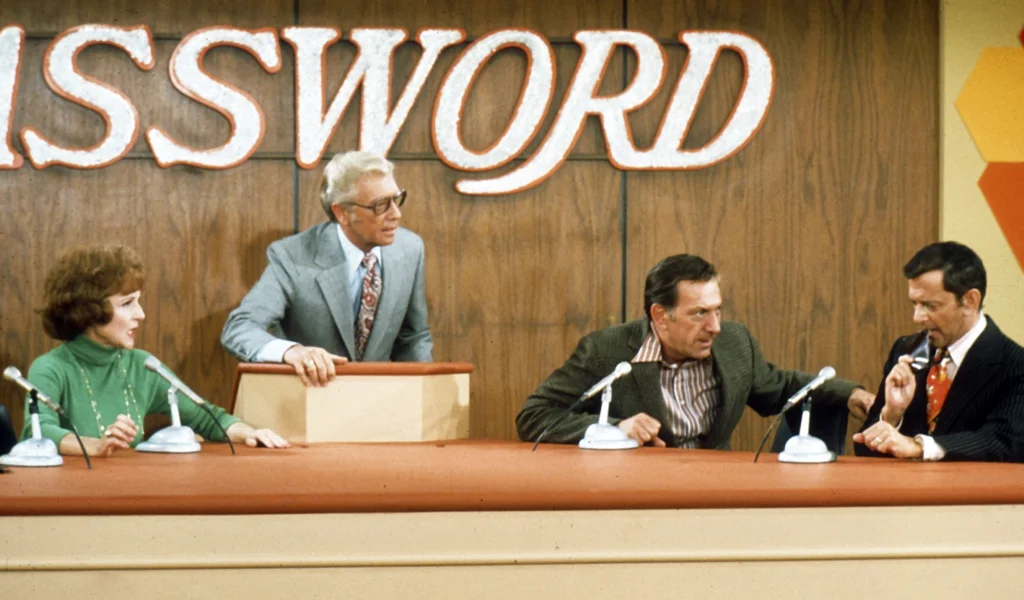
Beyond scripted performances, Montgomery enchanted viewers with her intelligence and quick wit during multiple appearances on the game show “Password.” Paired with her then-husband Robert Foxworth in celebrity editions of the show, Montgomery revealed herself to be not just charming but also remarkably clever. Her game show appearances gave audiences a glimpse of the real Elizabeth beyond her characters—articulate, funny, and competitive in the most endearing way.
These appearances were particularly valuable because they allowed viewers to see Montgomery’s natural personality shine through. Without a script or character to hide behind, her genuine warmth and intelligence captivated both the studio audience and viewers at home. Her easy rapport with host Allen Ludden and her genuine excitement when playing the game made for entertaining television. These game show moments, though less heralded than her acting work, helped cement Montgomery’s status as not just a talented performer but also someone audiences felt they knew and loved.
13. Her Final Role in “Deadline for Murder”

Montgomery’s last performance came in the 1995 television film “Deadline for Murder: From the Files of Edna Buchanan,” completed just months before her death from colon cancer at age 62. Playing real-life crime reporter Edna Buchanan, Montgomery brought her characteristic intelligence and determination to this final role. Even while battling illness during filming, her performance showed no signs of diminished talent—she remained captivating until the very end of her career.
What makes this final performance so poignant is that Montgomery, knowing she was ill, chose a character who embodied strength, integrity, and the pursuit of truth—qualities that had defined her own career. Critics noted that despite her declining health, Montgomery’s screen presence remained magnetic, her ability to command attention undiminished. This final role serves as a fitting capstone to a remarkable career, demonstrating that Montgomery’s magic never faded. Her legacy lives on not just in the iconic nose twitch that made her famous, but in the decades of performances that showcased her remarkable range, intelligence, and that indefinable quality that truly bewitched audiences for generations.



